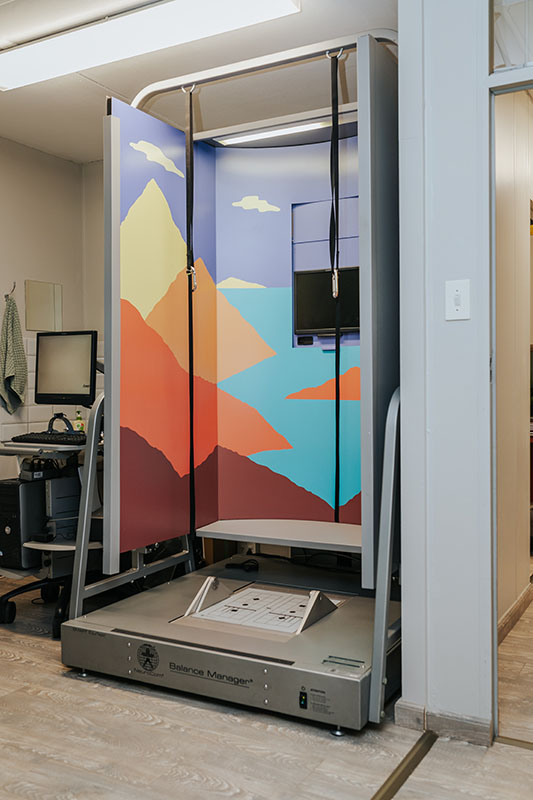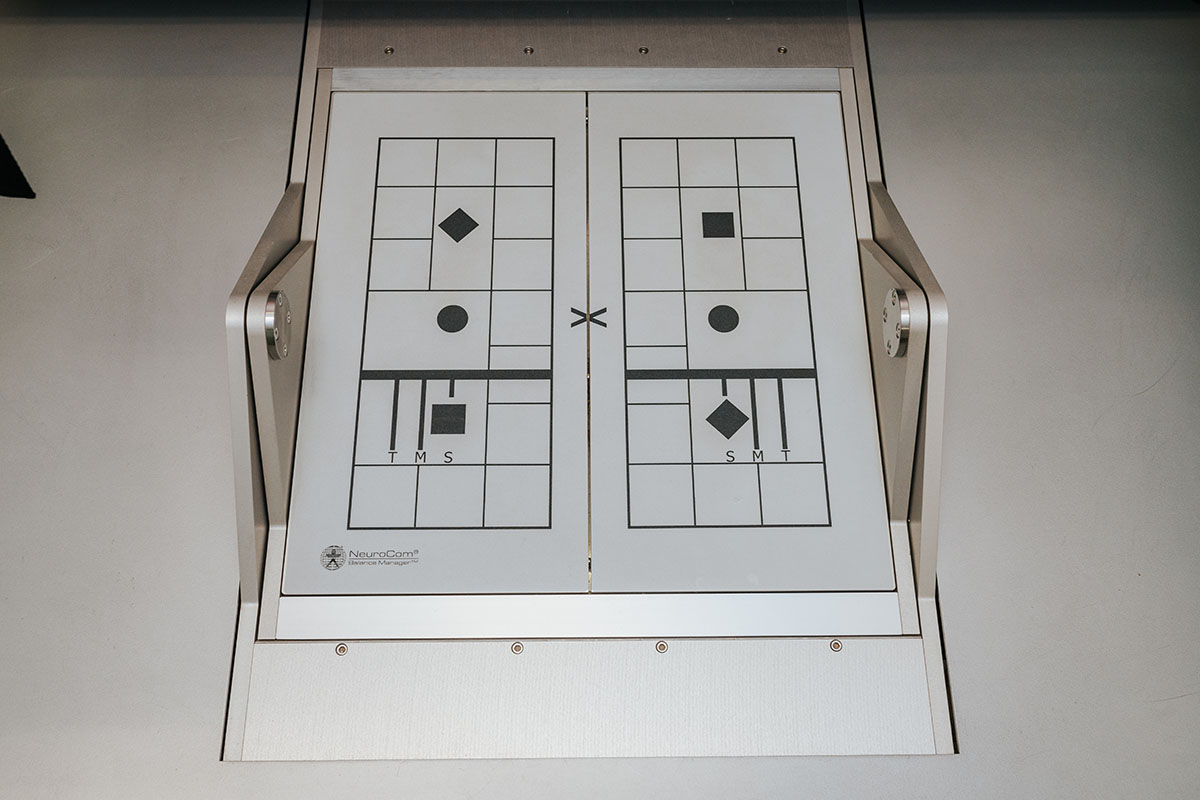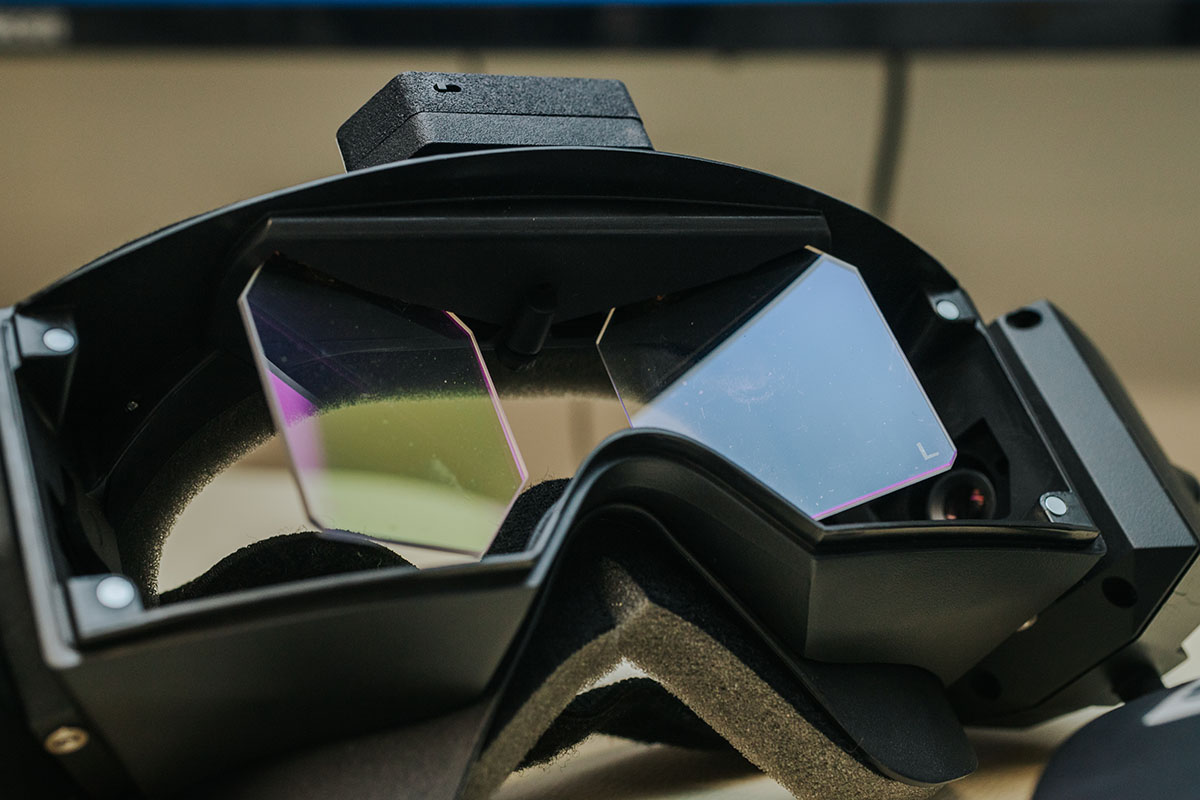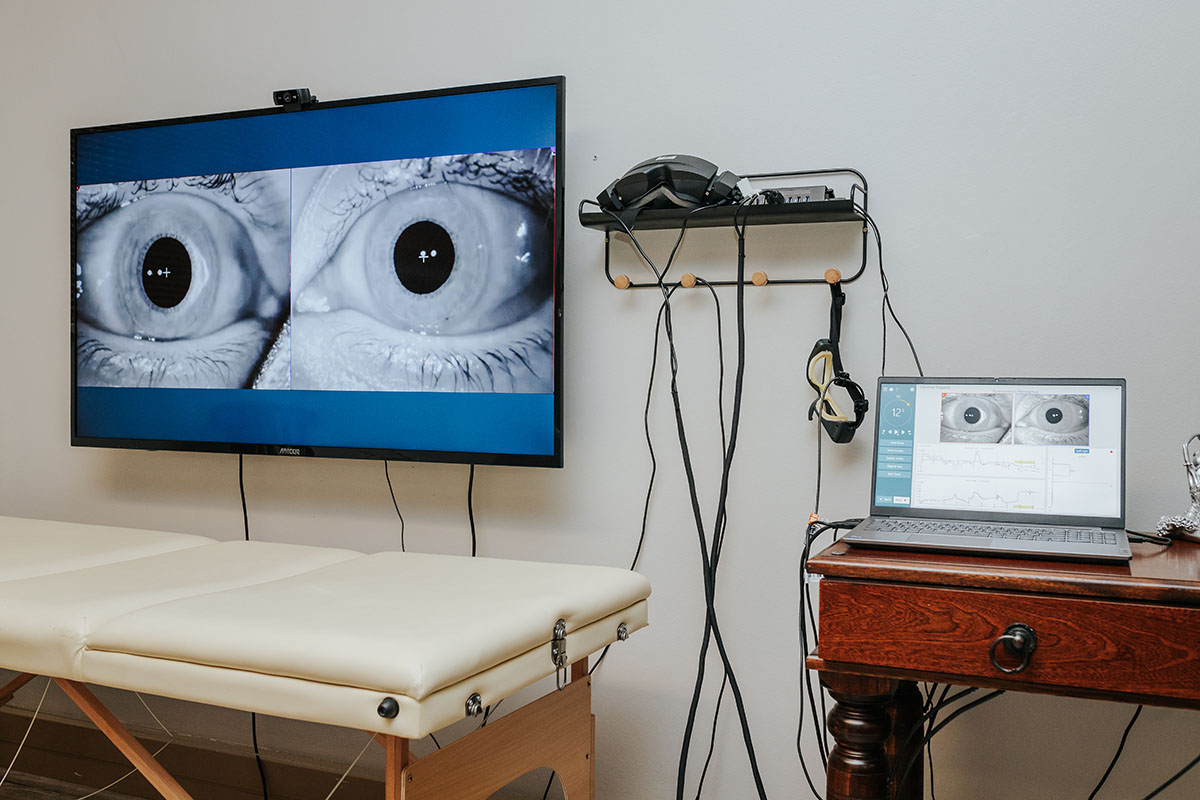Dizziness and Balance Disorders
The role of the audiologist in assessing dizziness and functional balance is pivotal in uncovering the underlying causes of these disturbances. Audiologists employ a specialized skill set to evaluate the vestibular system, which governs our sense of balance and spatial orientation. Through a series of comprehensive tests and assessments, they can diagnose disorders within the inner ear that might be contributing to dizziness and balance issues. These evaluations often encompass a range of techniques, including videa Head Impulse testing, videonystagmography (VNG), and computerized dynamic posturography. By identifying the root causes of dizziness and balance problems, we play a crucial role in formulating tailored management plans, recommending appropriate interventions, and collaborating with other medical professionals, especially neurologists and ENT specialists, to provide comprehensive care for patients experiencing these challenges.
Services Offered
These tests help audiologists diagnose and understand vestibular disorders, guiding treatment and management plans for patients with dizziness and balance issues.
Involves using infrared video cameras to monitor eye movements while the patient’s head is subjected to specific movements or positions.
Quick and abrupt head movements are performed to assess the vestibulo-ocular reflex (VOR), which helps stabilize vision during head motion.
The patient stands on a moving platform while various sensory conditions are altered to evaluate balance responses.
Similar to the HIT, but involves the use of high-speed video goggles to record eye movements during head impulses.
A test that measures the reflex contraction of neck muscles in response to loud sounds, which helps assess the saccule’s function.
Measures the reflex contraction of the eye muscles in response to loud sounds, evaluating the utricle’s function.
The dynamic visual acuity test evaluates a person’s ability to see clearly while their head or body is in motion.
Oculomotor tests assess the movement and coordination of the eyes, providing valuable insights into the functionality of the visual and vestibular systems.
Vestibular Rehabilitation Therapy (VRT) is a specialized program designed to address dizziness, balance problems, and other vestibular disorders. Through targeted exercises and activities, VRT aims to retrain the brain to better interpret and respond to sensory information from the inner ear and other balance-related systems. By gradually exposing patients to controlled movements and challenges, VRT helps reduce symptoms like vertigo, improve balance, and enhance overall stability, enabling individuals to regain confidence and function in daily activities.
Functional balance evaluation and fall risk assessments are procedures used to measure an individual’s ability to maintain stability and prevent falls. These assessments involve observing a person’s posture, movements, and reactions in various situations to determine their balance capabilities. Through specific tests and tasks, these evaluations identify any deficiencies or risk factors that could lead to falls. This information is crucial in tailoring interventions, exercises, and strategies to improve balance, reduce fall risks, and enhance overall mobility and safety.




